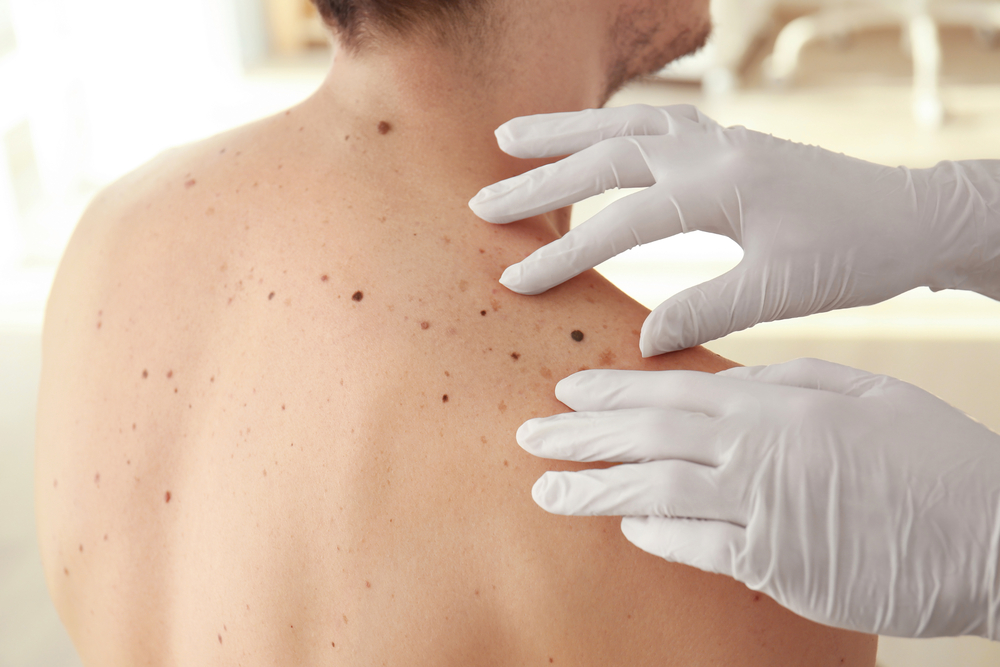Find a certified mohs surgery to remove skin cancer with minimal scarring.
Find a certified mohs surgery to remove skin cancer with minimal scarring.
Blog Article
Browsing Skin Cancer Treatment: The Important Duty of Mohs in Modern Dermatology Practices
Skin cancer, a difficult diagnosis, commonly leaves individuals grappling with countless therapy choices. As we explore the details of this procedure, one will certainly value its crucial role in skin cancer therapy.
Recognizing Skin Cancer Cells: Kinds and Dangers
There are three primary kinds of skin cancer cells: Basic cell carcinoma, Squamous cell cancer, and Melanoma. It accounts for only concerning 1% of skin cancer situations however creates the huge majority of skin cancer cells fatalities. Danger factors include fair skin, history of sunburn, excessive sunlight direct exposure, living at high elevations or shut to the equator, having many moles, a family background of skin cancer cells, and compromised immune system.
What Is Mohs Surgical procedure and Exactly How It's Changing Skin Cancer Therapy
Despite the numerous treatments currently readily available for skin cancer, Mohs surgery sticks out as a groundbreaking and very efficient remedy. Named after Frederic E. Mohs, the doctor that established the treatment, Mohs surgery is an accurate medical technique made use of to treat skin cancer. Throughout the treatment, slim layers of cancer-containing skin are gradually eliminated and examined up until only cancer-free cells stays. This technique enables the cosmetic surgeon to validate that all cancer cells have actually been gotten rid of at the time of surgical treatment. This degree of precision, integrated with the capacity to save as much healthy and balanced cells as possible, is changing skin cancer treatment. Consequently, Mohs surgery has become a foundation of modern-day dermatology methods.
The Advantages of Mohs Surgical Treatment Over Conventional Skin Cancer Treatments
Building on the cutting-edge nature of Mohs surgical procedure, it's important to consider its many advantages over standard skin cancer cells therapies. Unlike typical treatments, Mohs uses a greater treatment rate, often getting to 99% for first-time therapies and 94% for reoccurring cancers. This precision is due to its distinct strategy of gradually removing and examining tissue layers till only cancer-free cells remain (chemical peel). Additionally, it minimizes damages to healthy skin, resulting in less scarring and improved cosmetic outcomes. Mohs likewise provides instant results, getting rid of the anxiety-ridden delay typical with various other approaches. Lastly, it's cost-effective, as the surgical procedure and microscopic examination occur concurrently, eliminating the need for additional lab solutions. Hence, Mohs represents a significant innovation in dermatological practices.
The Procedure of Mohs Surgical Treatment: What to Anticipate Throughout the Refine

Possible Negative Effects and Post-Operative Care of Mohs Surgical Treatment
Undergoing Mohs surgical procedure, like any type of other operation, involves potential negative effects that individuals ought to know. Typical side effects include pain, bruising, and swelling at the surgical procedure site. These are usually short-lived and workable with over-the-counter pain medicine and ice packs. In rare situations, clients might experience infection, bleeding, or an allergic response to the local anesthetic. Post-operative treatment is essential to recovery and minimizing negative effects. This typically includes keeping the injury tidy and completely dry, taking recommended medications, and preventing arduous activities. Individuals must additionally participate in all follow-up appointments for wound care and imp source tracking. In many cases, additional treatments may be required to make sure total removal of the cancerous cells. Sticking to these post-operative care guidelines can significantly improve healing and results.
Verdict

Report this page